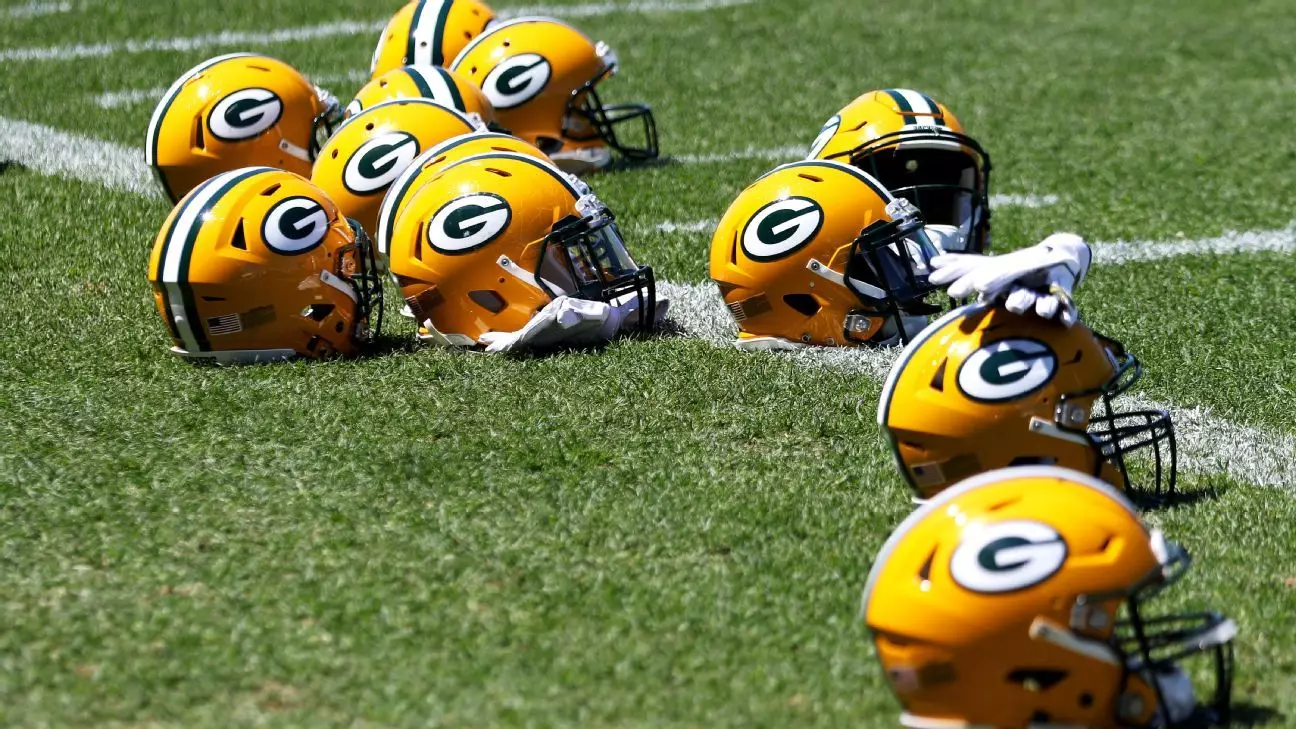Over the past two decades, the financial landscape of the National Football League (NFL) has undergone a seismic shift — from modest earnings to astronomical revenues that underscore the league’s extraordinary commercial success. Analyzing the Green Bay Packers’ financial disclosures provides a revealing window into this evolution. When Mark Murphy stepped into the role of president roughly 18 years ago, NFL teams shared approximately $138 million annually. Fast forward to today, and that figure has skyrocketed to over $432 million per team, a testament not just to league growth but to an industry that has continually expanded its global footprint with relentless precision.
The share of the NFL’s revenue that trickles down to individual clubs like the Packers underscores a core principle: the league’s collective power to monetize broadcast rights and corporate partnerships has reached unprecedented levels. With over $13 billion distributed league-wide last year, it becomes clear that the NFL’s business model, centered around media rights and strategic partnerships, is one of the most formidable in sports history. This financial windfall benefits not only the league’s owners but also enables teams like the Packers to reinvest in infrastructure, fan engagement, and community initiatives.
Strategic Growth Anchored in Media and Innovation
The surge in revenue can largely be attributed to the league’s shrewd management and its aggressive pursuit of lucrative broadcast contracts. As Murphy highlighted, roughly 60% of the Packers’ revenue emanates from national television deals—primarily driven by the NFL’s ongoing negotiations that secure billions from broadcasters like ESPN, Fox, and NBC. In recent years, the league’s focus on streaming platforms has signaled an astute recognition of changing consumer behaviors. While traditional broadcast still dominates, embracing digital platforms ensures the NFL remains relevant in an era where cord-cutting threatens conventional media revenue streams.
This strategic pivot underscores a vital lesson: innovative adaptability is key to sustaining growth in an industry increasingly defined by technological change. The league’s proactive engagement with streaming services not only amplifies reach but also aligns the NFL with the digital consumption habits of younger generations, thus securing its market dominance well into the future.
Financial Resilience Without the Shadow of Private Ownership
Unlike many sports franchises that are owned privately, the Packers’ distinctive structure as a publicly owned entity profoundly influences their financial strategy. With over half a million shareholders, the Packers must operate transparently, regularly releasing detailed financial reports. This unique ownership model has compelled the team to build a robust corporate reserve fund — now exceeding $579 million — serving as a bulwark against economic downturns and ensuring stability for long-term investments.
Murphy’s tenure has demonstrated a steady commitment to infrastructural excellence, investing over $675 million into Lambeau Field and the team’s facilities. The recent unveiling of a modernized locker room symbolizes not just a physical upgrade but a strategic move to maintain operational competitiveness and fan engagement. It’s a testament to how a team with no single wealth-backed owner navigates the financial waters: through prudence, community support, and disciplined reinvestment.
The End of an Era and a Future of Enduring Success
As Murphy prepares to pass the torch to incoming president Ed Policy, the broader implications for the NFL and the Packers are profound. This transition marks not merely the changing of leadership but also emphasizes the league’s ongoing evolution from a traditional entertainment product into a global multimedia and branding powerhouse. The Packers’ financial narrative exemplifies resilience and adaptability — qualities that are essential in an industry shaped by ever-increasing consumer expectations and technological disruption.
In a world where sports franchises often lean on private wealth, the Packers exemplify the power of community ownership, transparency, and strategic reinvestment. Their financial success is not merely a consequence of broadcasting deals or game-day attendance but a reflection of a carefully cultivated ecosystem that prioritizes stability, innovation, and communal engagement. As the league continues to grow, the Packers stand as a shining example of how a historic franchise can navigate change, harness opportunity, and secure a sustainable future — driven by sound financial principles and an unwavering passion for the game.


Leave a Reply